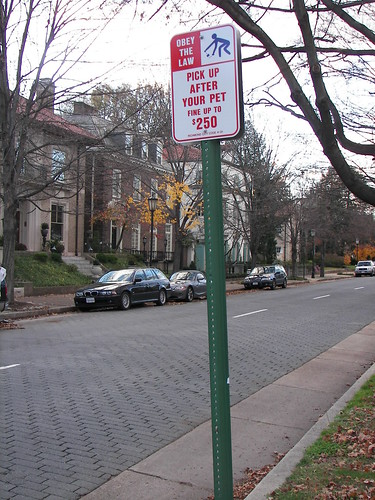Strategy vs. tactics in providing government services
This isn't a knock, just something I've been thinking about because of the change in administrations in DC, Virginia, and Maryland, although I am thinking about this the most vis-a-vis DC. Click here for Mayor Fenty’s action plan.
Strategy or focusing on structures, systems, and innovation, is different from tactics and incrementalism. For those of us who believe in the power and professionalism of comprehensive planning and innovation, incrementalism is anathema.
Speaking of incrementalism, according to this webpage, "Bureaucratic Theory: Or why No One runs the government":
Hugh Heclo, in his classic book: A Government of Strangers, sets fourth six reasons for incrementalism in government and other intstitutions. But before we bash government for only changing slowly ask yourself, is incrementalism part of your life? The same six reasons governments (really all institutions) can only change incrementally are the same six reasons most humans only change incrementally.
1. No one can take "time off" to really stop and evaluate what they are doing.
2. The fairly well accepted notion that "it's safer to stick with what works, even if it only sort of works."
3. "Sunk Costs." Those are all the time, effort, money, brain power and all the other resources (human and other) that went into whatever is the policy now. If you change it, all those costs are lost.
4. If you want real change, you have to admit what you were doing was wrong.
5. We can't agree on long term goals.
6. Risk. We all act like we are maximizing our potential outcomes (taking risks), but in fact we first seek to minimize our potential negative outcomes.
Still, if you focus on incrementalism, you don't accomplish much in the way of fundamental and forward progress. You do stuff though--like groundbreakings, ribbon cuttings, etc.
To me, it appears that many of the points in the Mayor’s action plan are tactics, and in fact, things that the government should be doing anyway. I don't believe there is much power in trumpeting the "ordinary," as accomplishing the expected only matters when you're not doing it. See Hertzberg's Motivation-Hygiene Theory:
We have basic needs (hygiene needs) which, when not met, cause us to be dissatisfied. Meeting these needs does not make us satisfied -- it merely prevents us from becoming dissatisfied.... These are also called these maintenance needs. There is a separate set of needs which, when resolved, do make us satisfied. These are called motivators.
Speaking of tactics, a new DDOT and DPW initiative, outlined in the press release, "DPW, in Conjunction With DDOT's Traffic Calming Measures, Adds Extra Muscle to Rush Hour Enforcement," strikes me as tactics too. Steve Eldridge likes it, see "Adios, illegally parked cars," in the Examiner, because it will allow quicker driving times for commuters.
That's why I don't like it. Too often, speeding cars, particularly on streets that function as neighborhood streets (such as Constitution or Independence Avenues) or commercial district streets ( H or 12th Streets NE) don't function very well for residents or merchants and their customers, because the roads become dominated by cars.
And I don't like speed bumps and speed tables because they are incremental solutions not directed to the real problem, the fact that cars and roads are engineered to allow for very high speeds, regardless of posted limits (where unposted, the speed limit in DC is 25 mph).
We can't re-engineer cars. But we can re-engineer roads. Go Belgian Block!

Monument Avenue, Richmond, Virginia.
Streets paved with Belgian Block cost more, but cars tend to be driven at much lower speeds because of the tactile and aural nature of Belgian Block vs. concrete or asphalt road surfaces.
Index Keywords: transportation; car-culture; good-government



0 Comments:
Post a Comment
<< Home